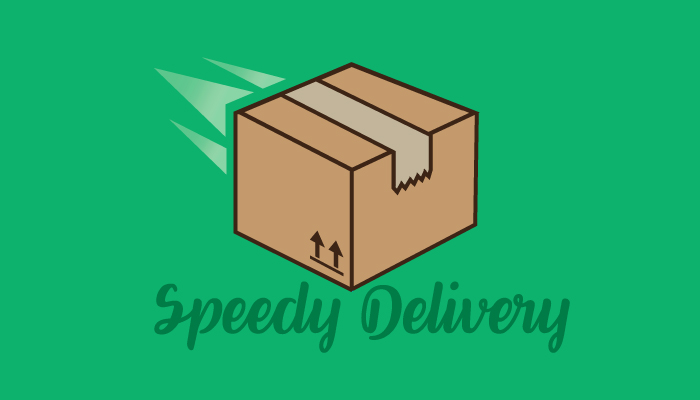We use cookies to make your experience better. To comply with the new e-Privacy directive, we need to ask for your consent to set the cookies. Learn more.
The 5 Biggest Differences Between Traditional Fulfillment and E-Commerce Distribution
Online shopping has officially overtaken brick-and-mortar retail.
Every year, the United Parcel Service (UPS) consults more than 5,000 online shoppers to track trends in retail. The results of the 2016 UPS survey showed an anticipated but historic change: Shoppers made 51 percent of their purchases online in 2016, the survey said.
This is the first time in the long history of retail that online shopping eclipsed traditional brick-and-mortar purchases. Behind the scenes, this change is affecting virtually every aspect of the fulfillment process including the way products move from their point of origin to the consumer's home.
In order to understand the changes e-commerce has inflicted on the warehousing world, we've compiled a few of the biggest differences between traditional fulfillment and filling e-commerce orders:
-
E-Commerce Ships Individual Items; Traditional Fulfillment Ships Bulk
Distribution centers that can only handle pallet-loads and bulk cases won't be able to serve e-commerce customers. Filling online orders takes place on the level of the individual item. In order to fill each order efficiently, e-commerce fulfillment centers will need a much wider variety of material handling equipment, along with new, highly efficient picking strategies.
-
Traditional Distribution Centers Shipped to Retailers; Now, the Distribution Centers Are The Retailers
Remember when the customer experience was shaped by a smiling clerk at a retail location? With online shopping, many customer service tasks are shifted to distribution centers themselves.
Shoppers now expect two-day shipping, order tracking, and free returns. Providing systems for these value-added services is all-but essential for today's fulfillment operations.
-
E-Commerce Demands Ongoing Proliferation of Stock-Keeping Units (SKUs)
Online retailers must offer an immense selection to their customers. That means a baffling mix of fast- and slow-moving SKUs to handle behind the scenes.
Gone are the days when simple rows of pallet racks could fill an entire warehouse. To get into the e-commerce market, facilities need a wide variety of shelving options, along with SKU placement that supports common picking goals.
-
The Tempo of Filling Online Orders is Much Faster
-
Location is Much More Important for E-Commerce Fulfillment Facilities
In order to provide the quick, low-cost shipping that customers have come to expect, fulfillment centers must be as close to target markets as possible.
Unfortunately, real estate sellers know that, so they charge a premium for proximity. One option is to select a location close to several urban centers, then utilize vertical space to reduce the facility's footprint while still providing a high storage capacity.

Back when shoppers walked into stores, browsed the shelves, and chose their items, logistics providers could simply ship pallet-loads or crates directly to retailers. That practice allowed distribution centers to fill orders on an ongoing basis, maybe every week, or even every two weeks.
To fill orders placed online, facilities must be equipped to pick, pack, and ship an order virtually the moment it is placed.
In 2014, only 47 percent of purchases were conducted via the internet, according to the UPS survey. In 2015, it was 48 percent. That increase is accelerating, with a leap of four percentage points in 2016.
In order to compete in the changing marketplace, retailers are adopting omni-channel capabilities as fast as they can. All of these changes add up to a boom in the logistics industry, but only facilities that are designed for the specific challenges of e-commerce fulfillment will thrive in the new era — which is no longer on the horizon, but right here and right now.
References:
Graves, Jeffrey. “Maximizing Productivity in E-Commerce Warehousing and Distribution Operations.” InboundLogistics. Thomas Publishing Company, n.d. Web. 21 Sept. 2016.
Stevens, Laura. “Survey Shows Rapid Growth in Online Shopping.” WSJ. Dow Jones & Company, Inc., 8 June 2016. Web. 21 Sept. 2016.
